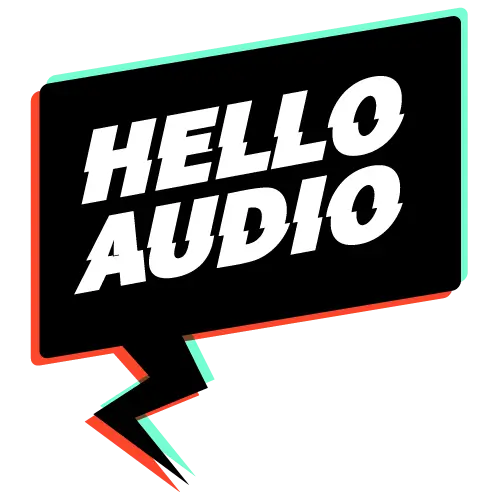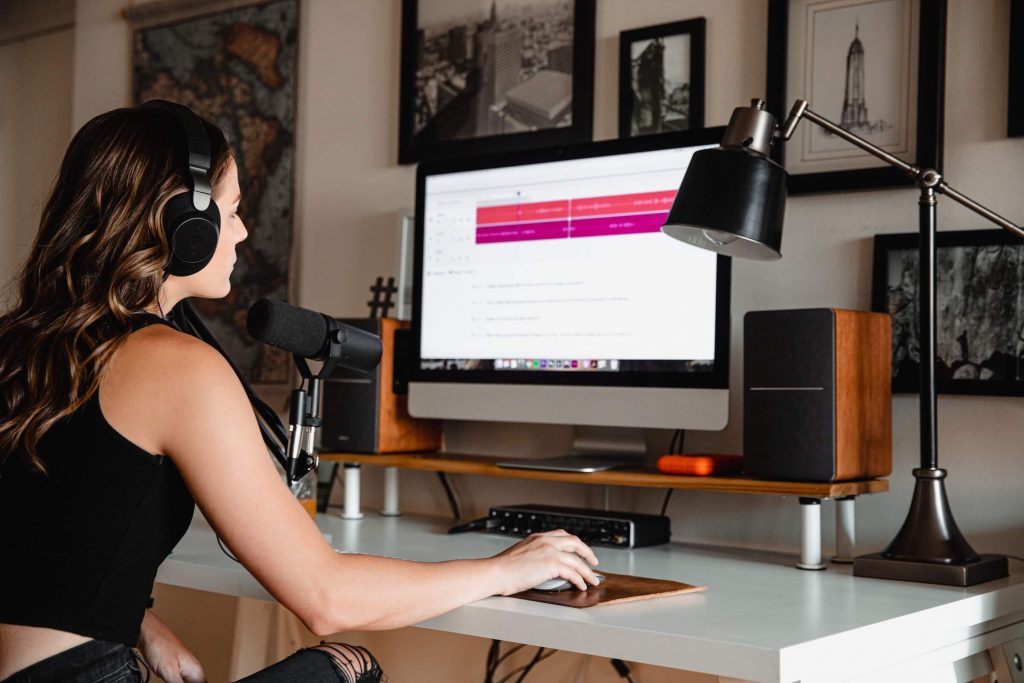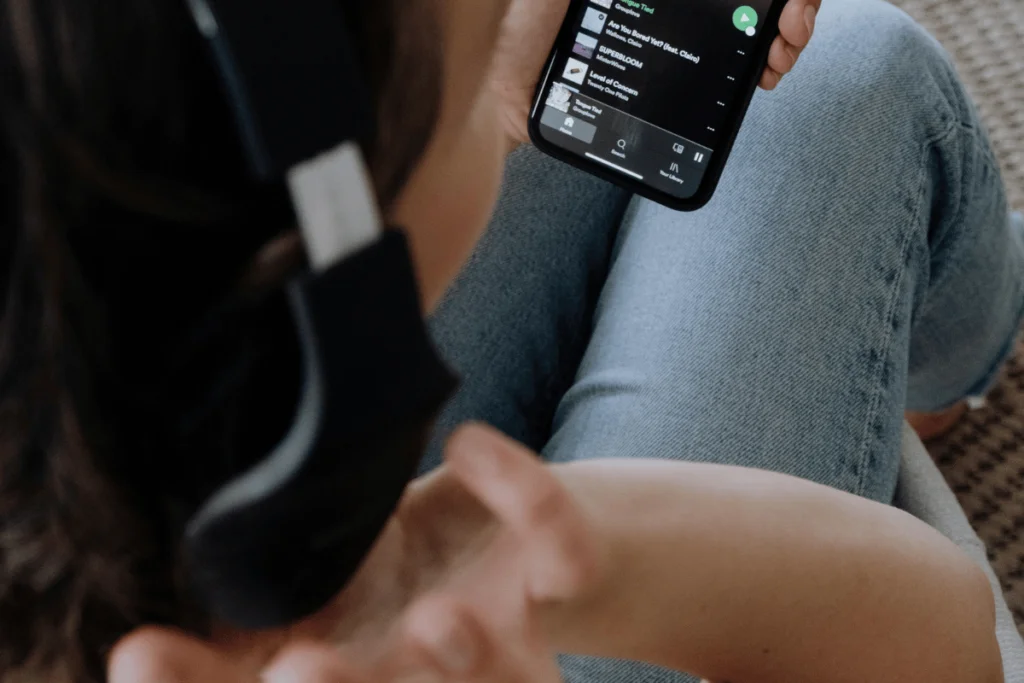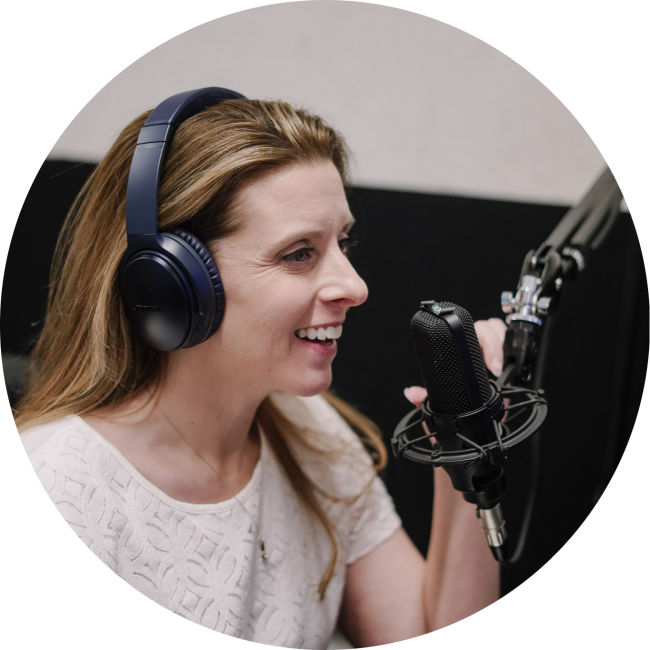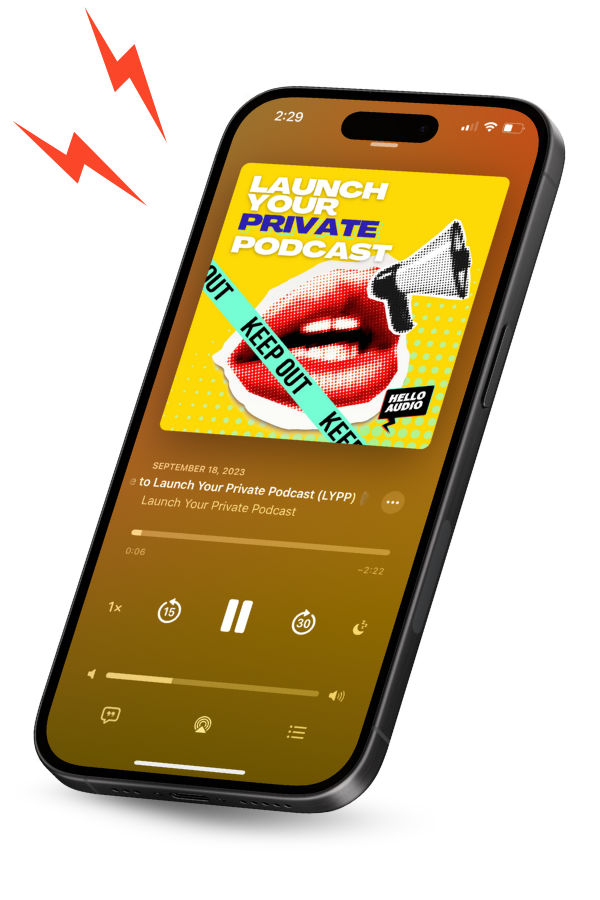At the time of writing (May 2021), the easiest way to record Clubhouse is using the Android version of the app. iOS blocks USB devices when there are multiple speakers, so Android is the way to go.
Pro Tip: You can repurpose your content from Clubhouse into a podcast. Hello Audio lets you easily convert your existing content into a private podcast and automatically shares it to various listening apps, like Spotify, Apple Podcasts, and more.
Sign up now to get started.
(Note: Some links to products are affiliate links. We receive a small percentage of the purchases made by following these links.)
If you want to stick with your iPhone, your best bet is to get a $600 Rodecaster Pro and TRRS cable.
Below are the steps to get your good mic quality into Clubhouse listeners’ ears while also recording the room.
If you don’t have an Android device, I’d pick up a Pixel 2 or Pixel 3 on Amazon for $100 – $200, or check out the newest Pixel phones from Google for $350.
You’ll need a USB-C converter to use your USB mic or audio device. These are cheap: a pair costs $8 or so.
We’re starting with you having a USB mic and a computer ready to record. If you don’t have a mic, I recommend the Samson Q2U for $70. Keep it close to your mouth and it’ll sound great!
You’re welcome to use any other mic or audio interface. But you’ll need a “monitoring” headphone jack feature, which the Q2U has. Most do, including a Blue Yeti mic, if that’s what you’re using. “Monitoring” means you can connect your headphones to hear yourself and any other audio coming through the mic. The mic becomes an audio output, passing sound to your headphones (and your computer, as we’ll see).
If you feel that the recording needs editing, you can easily clean up your audio recordings for a better quality podcast.
For recording, you can use QuickTime on a Mac, or Voice Recorder on Windows. Reaper is a great upgrade at a reasonable price if you’re looking for powerful editing.
Finally, you’ll want an audio splitter to hear all voices in your headphones while also sending the voices to the computer. This splitter for $10 works great.
To connect to the computer, you’ll need a $6 audio cable and this $10 adapter that tricks the computer into thinking it’s a mic source.
In total, if you have an Android device and USB mic, you’re at $8+$10+$6+$10=$34 of hardware. Not too bad!
To summarize, here’s each piece of hardware:
The audio path is: phone → mic via USB → computer + headphones. The computer records while you listen in on your headphones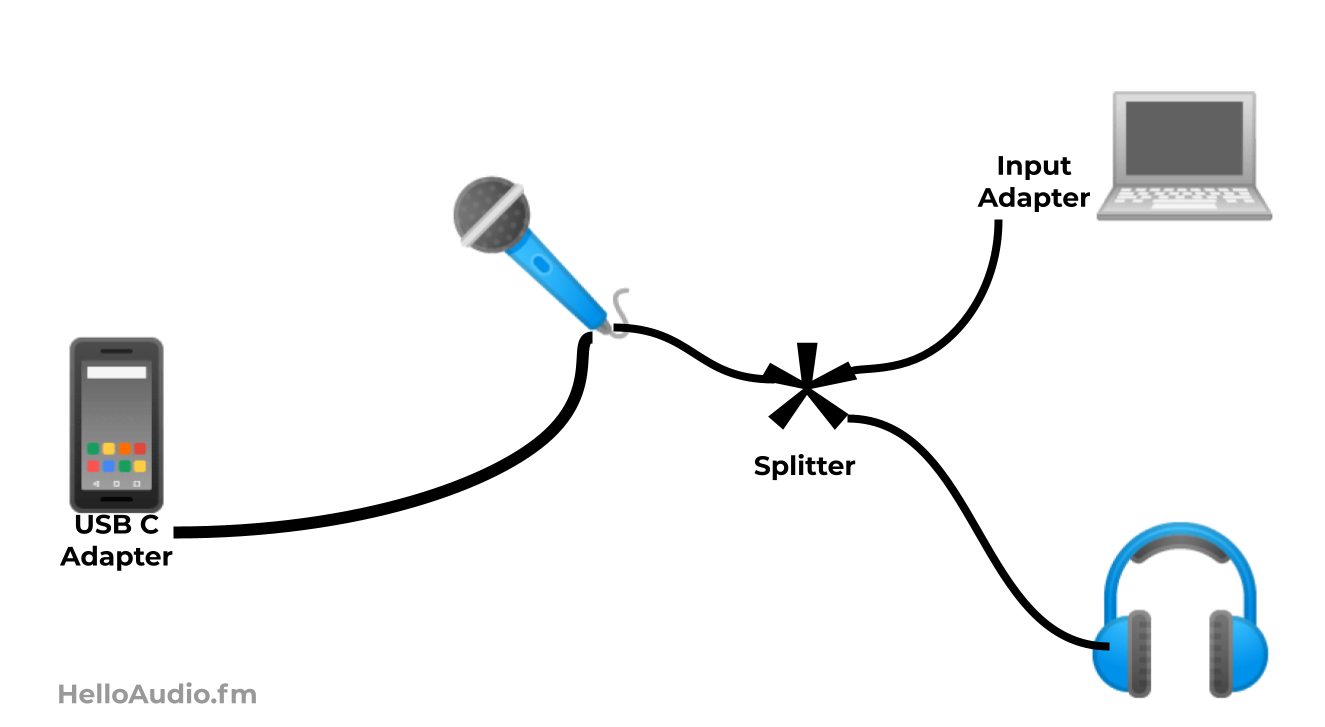
In QuickTime or Voice Recorder, choose the “external microphone” as the audio source. Hit record when you’re ready. Done!
This setup will also work with Twitter, Facebook, and any other social audio platforms that allow USB devices to connect to the app.
Whenever the iOS version of Clubhouse allows for USB devices, this setup will be the way to go. You’ll substitute the USB-C adapter for a Lightning-USB “camera” adapter ($35), but otherwise it’s the same: audio from the phone to USB mic with monitoring cable splitter to computer and headphones.
Note: Clubhouse on iOS does allow for USB devices if you’re the only speaker in a room. But the moment another speaker joins you on the stage, Clubhouse kills the USB device and reverts to the built-in microphone.

